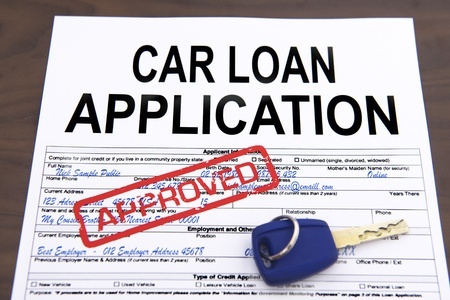Financing Options
Whether you’re buying a new or used car, you have to finance it. You have 3 options: paying cash, getting a loan, and leasing.
Cash
Besides being the simplest way to pay for a car, paying cash gives you the best financing terms you will ever get–because you don’t pay any. By paying cash, you avoid paying the interest payments that you must pay on a loan or lease. Depending on the price of the car and the terms of the loan, you may potentially save 20-35% in interest paying cash.
Even if you don’t have enough cash to buy a car outright, the faster you pay off your loan (and thereby pay with as much cash as soon as possible), the less interest you will pay. To calculate the difference between paying cash and financing your car, use a Finance vs. Cash Tool.
Loans
Because most people do not have enough cash to buy a car outright, many use loans to finance cars. On the surface, loans are simply an agreement to lend money for the right to charge an interest rate on that money as it is paid back.
However, loans can be very complicated–if you want to pay the lowest fees and interest rates, do some homework! Lenders lend money to make more money, and there are ways to make steep profits while appearing to give you a good rate. This section will suggest steps to take to become more loan savvy and point out resources that will help you complete each step.
Steps to Take:
- Obtain a copy of your credit report and check it for mistakes that could either prevent you from getting a loan or make you pay higher interest rates (an estimated 20% of credit reports have significant mistakes). Clearing your credit report of mistakes and understanding your credit history will help you shop and negotiate for loans.
- Compare sources of credit. Loans typically come from: your car dealer, a local bank, credit unions, online (including national banks or newer cyber-banks), or friends and family.
- Learn how to evaluate loan terms and how to identify lenders’, legal sleights of hand, which can mean higher rates and fees.
Learning about financing is one instance where the Internet has truly advanced our ability to conveniently, quickly, privately, and comprehensively locate and compare information. Our monthly payment calculator will also make it easy to compare the monthly payments of different loans.
If you apply for a loan online, there’s no appointment to make at the bank, and no waiting for an approval process. Even if you prefer to use financing offered at a car dealer or a local bank, it pays to go online to find competitive rates that your bank may try to match.
Leasing
Leasing is essentially a long-term rental agreement in which you pay for the right to use a car. At the end of the lease term, you have the right to purchase the car for a price determined at the beginning of the lease agreement. On one hand, leasing is a great deal: you get a car that you couldn’t afford to buy, and you have a low down payment, and slightly lower monthly payments.
However, if you end up buying the car, leasing is almost always turns out to be more costly than a loan. And if you don’t buy at the end of the lease, you have nothing to show for all those monthly “rental” payments. Even though cars depreciate, buying them does give you at least some value to work with when you buy another, either by selling it or trading it in. To see the differences between leasing and buying, you can use our Lease vs. Buy Tool.
Since leasing is a legal agreement, it can also be inflexible. You pay expensive penalties for exceeding the mileage limits of the lease, undue wear and tear on the car, and ending the lease before it expires. And while you lease the car, it is your legal responsibility.
The one case when leasing may make good financial sense is when the car is used for business purposes and/or your employer helps with payments. But these advantages come in the form of tax breaks–ask a tax advisor for help.

